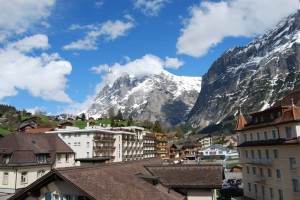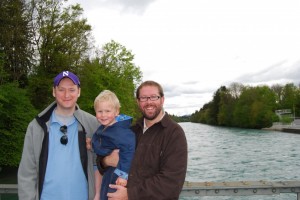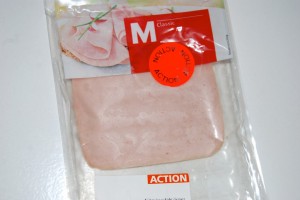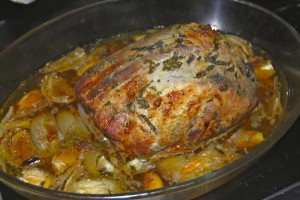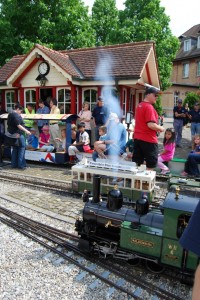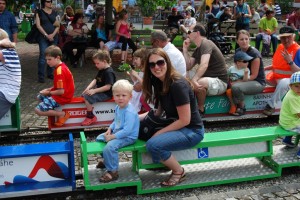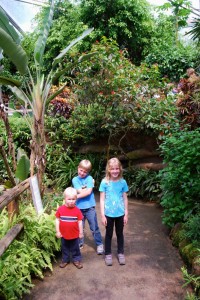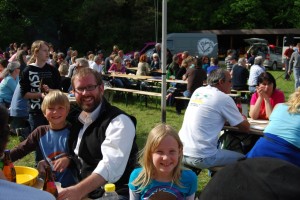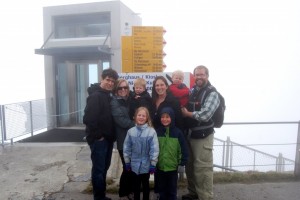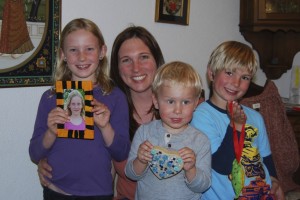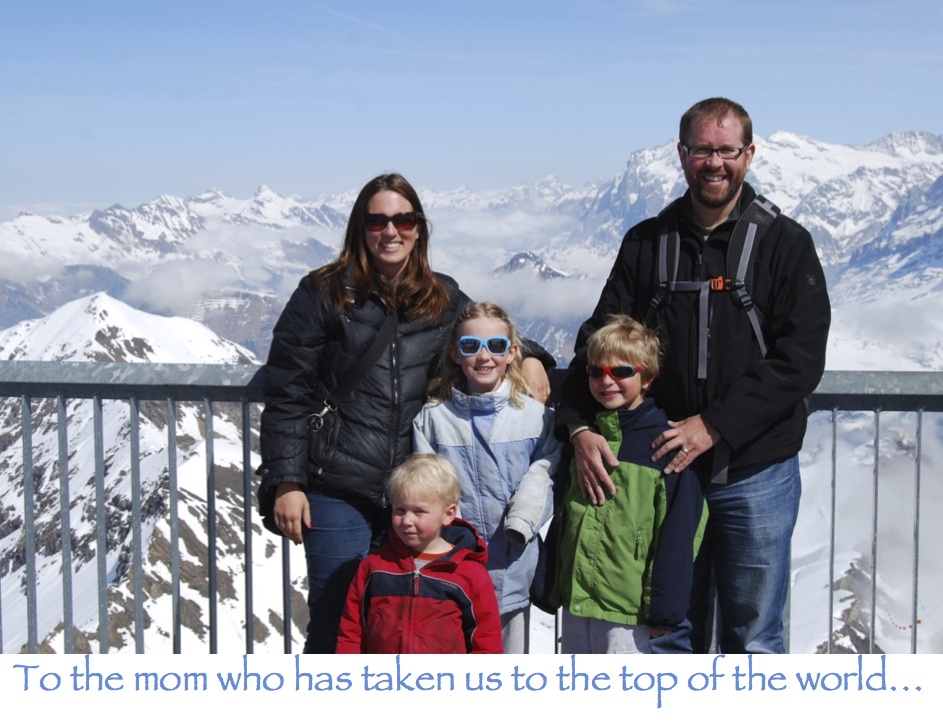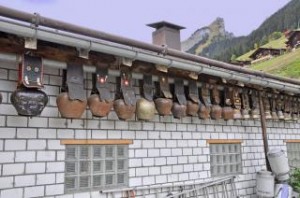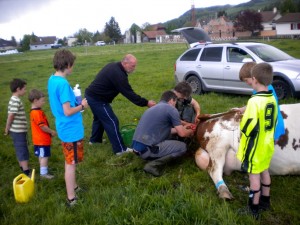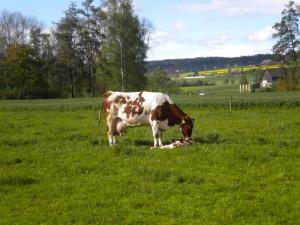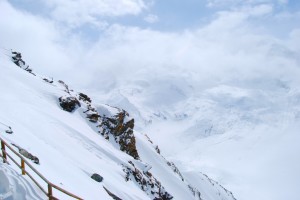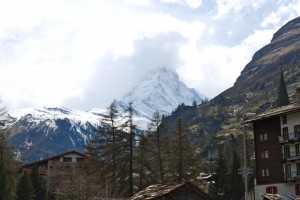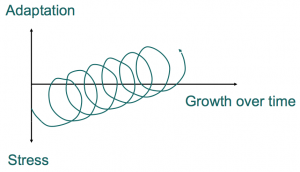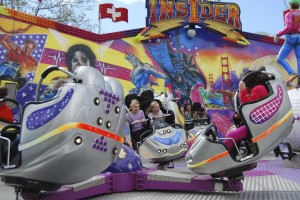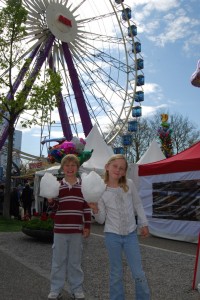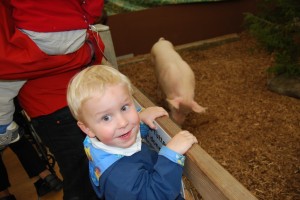It’s been a quiet week at home, work and school. Nothing particularly exciting to report. So, it’s a perfect opportunity to examine a couple more things that make even an ordinary week here a little different than back home.
School
I was a little surprised when Emily came home from school yesterday and said that her homework was knitting. “What do you mean knitting?” To which she responded, “You know… knitting,” and pulled out a small ball of blue yarn and two knitting needles with the beginning of a small knitted square. She sat in a chair and knitted three more rows. Later, she said that, since she can knit she is sure to be a good grandma, which I find funny because neither of her grandmothers knit. This interesting form of homework came from Werken. As in America, Emily’s school has music, gym, and library. But Werken seems to be a combination of home economics, art and shop, except in elementary school. Emily’s class goes to the workshop twice a week, and she has learned to do some woodworking, painting, sewing, and now knitting. Children here continue to learn such skills throughout grade school.
Additionally, there is a day next week when Emily’s class goes to their third grade teacher for next year. One of the reasons they already know who will be in which class is that the classes stay together all the way through grade school. So, even though there are several classrooms in each grade at Emily’s school, the kids you have in your first grade class will be the same kids in your class every year for at least six years. Once I realized this, it helped to explain why it was more challenging for Emily to make friends in her second grade class. The whole class had already known each other and been together for over a year. But at this point, Emily has made her mark and has a lot of friends, and they have all said they will miss her next year when they are all together again in third grade.
Finally, I have to mention a couple of units that Emily did this year. Around Easter time, she came home with a 7-page book she had made about the creation of the world. And it was the creation story from the Bible. The one where God created the heavens and the earth, night and day, water and land, plants, animals and people all in 6 days, and then rested. There was a different artistic rendition for each of the days. With all of the debate that goes on in America about the teaching of evolution, I was very surprised by this. Then, about a month later she did a whole unit on the story of Joseph, one of the sons of Jacob from the Book of Genesis. You know, the one with the “Amazing Technicolor Dreamcoat.” Again, I was a little surprised by this. Emily goes to a public school here, but apparently the separation of Church and State isn’t something the Swiss worry about.
We have mentioned some other differences in school here in the past. And of course, as our friends back home are starting their summer vacations, we are still in school here for another 2 1/2 more weeks!
Metric System
Switzerland, along with most of Europe and the rest of the world, uses the metric system. Even though it is part of so many things in our daily lives, it has taken me a long time to adjust to this, and I still haven’t completely switched over. When I check the weather, it is in celsius, so the high today was 22ºC, which is about the same as the temperature in the “heated” pools around here. When I cook, the oven usually gets set to something between 150º-200ºC.
In cooking, there are no cups for measuring, but rather everything is in grams or deciliters. And the same is true at the grocery store. Produce and meat are sold per 100g or kilogram (and you better look closely because there’s a big difference!) Liquids are sold by the liter or deciliter at the store and in restaurants. A small soda is usually 3dl while a regular beer is 5dl.
Distances on a map are in kilometers, though without a car, I don’t deal with that much. But other measurements of length are also metric, so when we would rent skis and they asked us how tall we are, they needed it in centimeters. Incidentally, I’m about 168cm tall. And then they always needed our weight in kilograms. This is the one I actually really like since 68kg sounds so much better than the equivalent in pounds!
This isn’t really a metric thing, but they also use a 24-hour clock here rather than AM and PM. So, since it is nearly 22:00, it’s time for me to get ready for bed.


